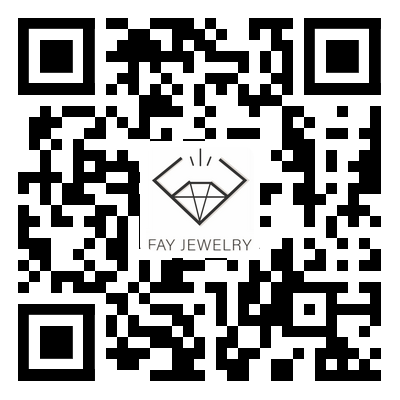Identification of Natural Diamonds and Laboratory-Grown Diamonds
2025-10-27
The following are several simple ways to distinguish natural diamonds from lab-grown diamonds, suitable for daily preliminary identification (but professional identification still relies on laboratory equipment) :
1. Observe the certificate and logo (the most direct)
Look at the remarks on the certificate.
Natural diamonds: Mainstream certificates (such as GIA, HRD, etc.) do not indicate words related to "laboratory-grown", but only describe the parameters of the diamond itself (carat, color, clarity, etc.).
Cultivated diamonds: The certificates will clearly indicate words such as "Laboratory-Grown", "Lab-Created" or "synthetic diamonds", and some certificates will also specify the cultivation methods (such as CVD or HPHT)。
Look at the laser code on the diamond's waist.
Some lab-grown diamonds have words such as "LAB CREATED", "CVD", "HPHT" engraved on their waists (observed with a 10x magnifying glass), while natural diamonds usually do not have such marks.
2.conduct a preliminary test with the aid of common tools
Thermal conductivity meter (diamond pen)
Principle: Diamonds (including natural and lab-grown diamonds) have excellent thermal conductivity. Thermal conductivity meters can quickly distinguish diamonds from imitation diamonds (such as moissanite and cubic zirconia), but they cannot distinguish natural diamonds from lab-grown diamonds (both have the same thermal conductivity).
Ultraviolet lamp (Fluorescence observation)
Operation: Illuminate the diamond with an ultraviolet lamp (long wave or short wave) in a dark environment.
Phenomenon:
Natural diamonds: About 30% emit blue fluorescence under long-wave ultraviolet light, and the fluorescence is weak or absent under short-wave light.
Cultivated diamonds
HPHT cultivated diamonds: may have no fluorescence or emit weak green fluorescence.
Cvd-grown diamonds: They often emit yellowish-green fluorescence under short-wave ultraviolet light (which is significantly different from natural diamonds).
Observe the inclusions with a magnifying glass
Operation: Observe the interior of the diamond with a 10x magnifying glass.
Typical characteristics:
Natural diamonds: They may contain mineral inclusions (such as needle-like or point-like impurities), cloud-like substances or natural growth textures inside. The inclusions are mostly solid minerals (such as garnet and olivine).
Cultivated diamond。
HPHT method
It may contain metal catalyst inclusions (such as rod-shaped or dendritic metallic lustrous substances, some of which can be attracted by magnets).
CVD method
It may contain black graphite spots, wrinkled plume cracks or near-surface black spot clusters.
3. Appraisal by Professional Institutions (Most Reliable)
Spectral Detection
By using techniques such as infrared spectroscopy and Raman spectroscopy to analyze the structure of carbon atoms, lab-grown diamonds may retain trace elements from the synthesis process (for example, nickel and iron elements in the HPHT method, and hydrogen elements in the CVD method).
Cathodoluminescence Imaging
There are differences in the luminescence patterns between natural diamonds and lab-grown diamonds (for instance, natural diamonds mostly exhibit uniform or octahedral patterns, while lab-grown diamonds may display layered or complex patterns).



